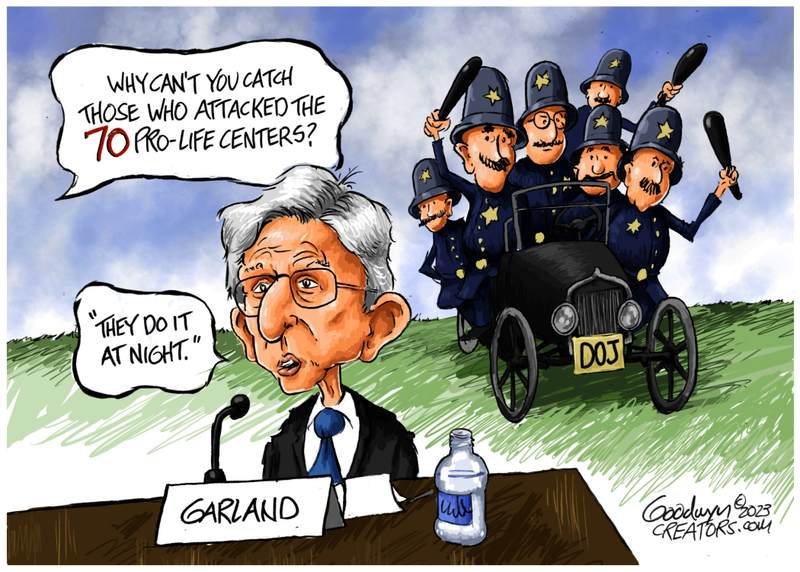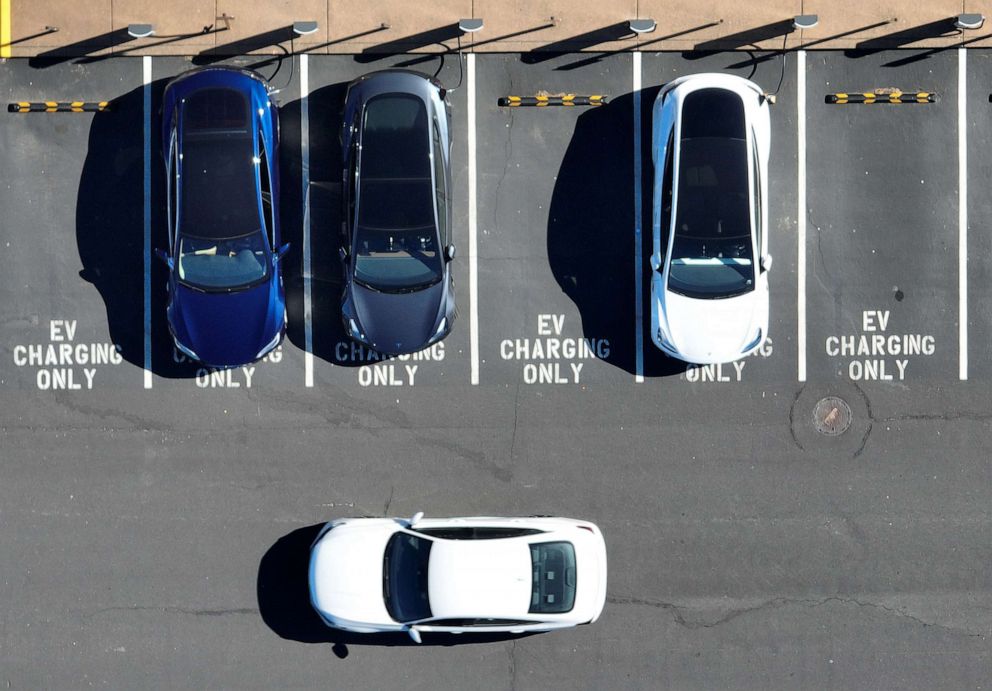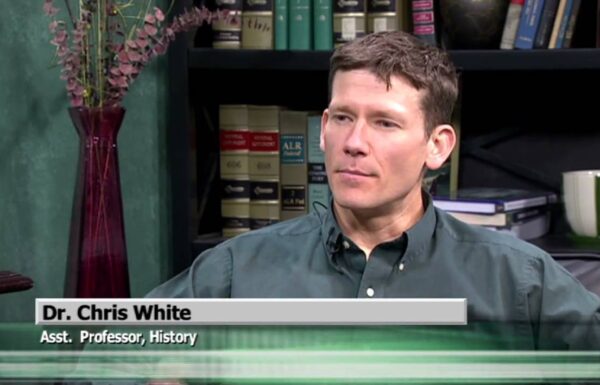Biden is living in a little fantasy world where he believes his wish is law.
Biden takes fire after vowing to ‘ban assault weapons’
President Joe Biden pledged in a speech late Wednesday to ban “assault weapons,” but critics were quick to push back.
Biden made the statement during his remarks at the House Democratic Caucus Issues Conference.
“I know I make some of you uncomfortable, but that little state above me, in Delaware, is one of the — has the highest rate — one of the highest rates of gun ownership,” Biden said. “But guess what? We’re going to ban assault weapons again come hell or high water.”
Biden also called out “high-capacity magazines.” Those comments sparked pushback from critics who pointed to their Second Amendment protections.
“The loss of life is a tragedy whenever it occurs,” U.SS. Rep. Bob Good, R-Va., told The Center Square in response to Biden’s comments. “At the same time, the Second Amendment is not subject to interpretation by bureaucrats in Washington and cannot be taken away by Congress. Rather than confiscating firearms from law-abiding Americans, our priorities should be to protect and equip our police and crack down on violent crime.”
Biden has taken a series of executive actions pushing the boundaries of his Constitutional authority, such as the eviction moratorium and COVID mandates, leading to legal challenges and rulings pushing back on Biden’s agenda.
The U.S. Supreme Court has recently bolstered gun rights. Last summer, the high court struck down a New York gun law that required residents to prove they had “proper cause” to receive a permit to carry a firearm outside the home.
As The Center Square previously reported, the court ruled 6-3 with Chief Justice John Roberts writing the opinion. Roberts wrote that the court “recognized that the Second and Fourteenth Amendments protect the right of an ordinary, law-abiding citizen to possess a handgun in the home for self-defense.”
Sens. Dianne Feinstein, D-Calif., Richard Blumenthal, D-Conn., and Chris Murphy, D-Conn., in January introduced the “Assault Weapons Ban,” which would “ban the sale, transfer, manufacture and importation of military-style assault weapons and high-capacity magazines and other high-capacity ammunition feeding devices.”
“It’s time we stand up to the gun lobby and remove these weapons of war from our streets, or at the very least keep them out of the hands of young people,” Feinstein said in a statement.
A companion bill has support from more than 200 Democrats but has not passed either Chamber this Congress.
“President Biden didn’t have the votes in Congress to get this ineffective and patently unconstitutional measure passed even when Democrats controlled the House,” Amy Swearer, Heritage senior legal fellow, told The Center Square. “He certainly doesn’t have the votes now, when the most recent polls show support for this type of law is lower now than it was in previous years. Unless the president plans on stripping Americans’ Second Amendment rights via executive fiat (a real ‘come hell, high water, or constitutional crisis’ scenario), then it’s difficult to see this as anything more than the President once again blowing smoke on behalf of Gun Control, Inc.”





